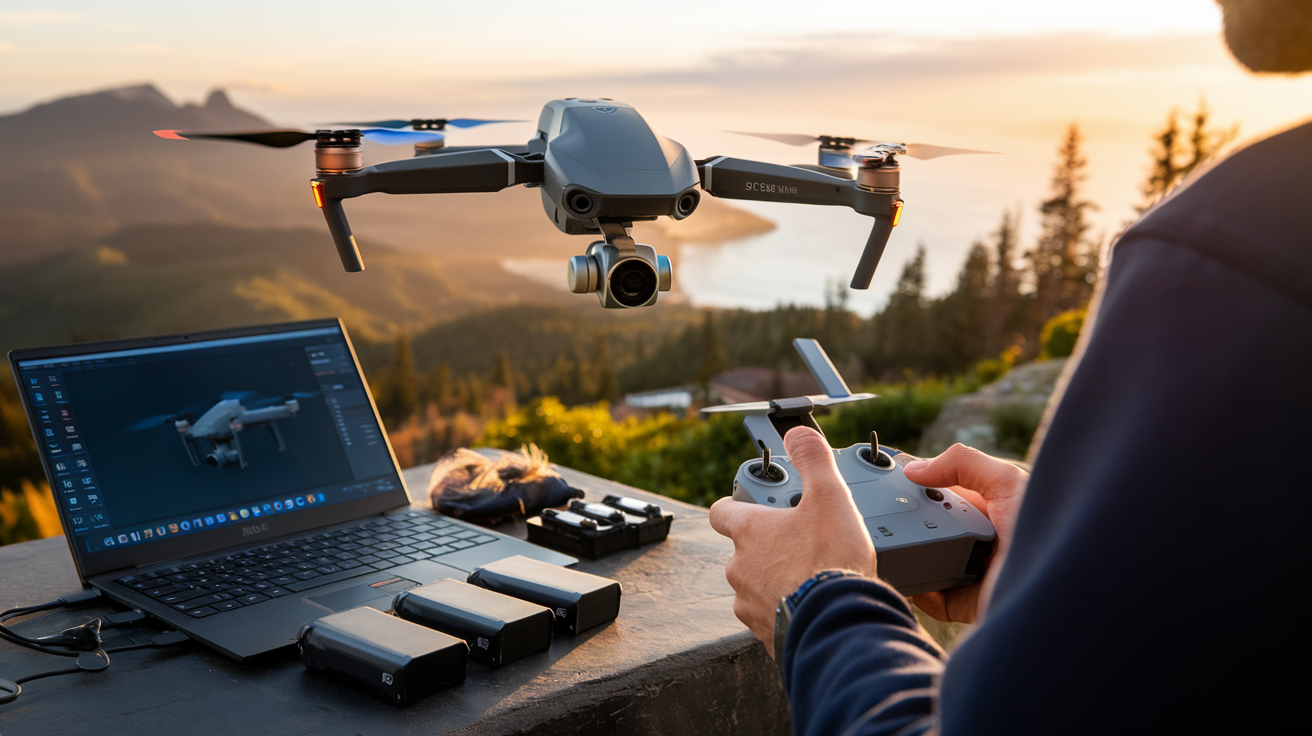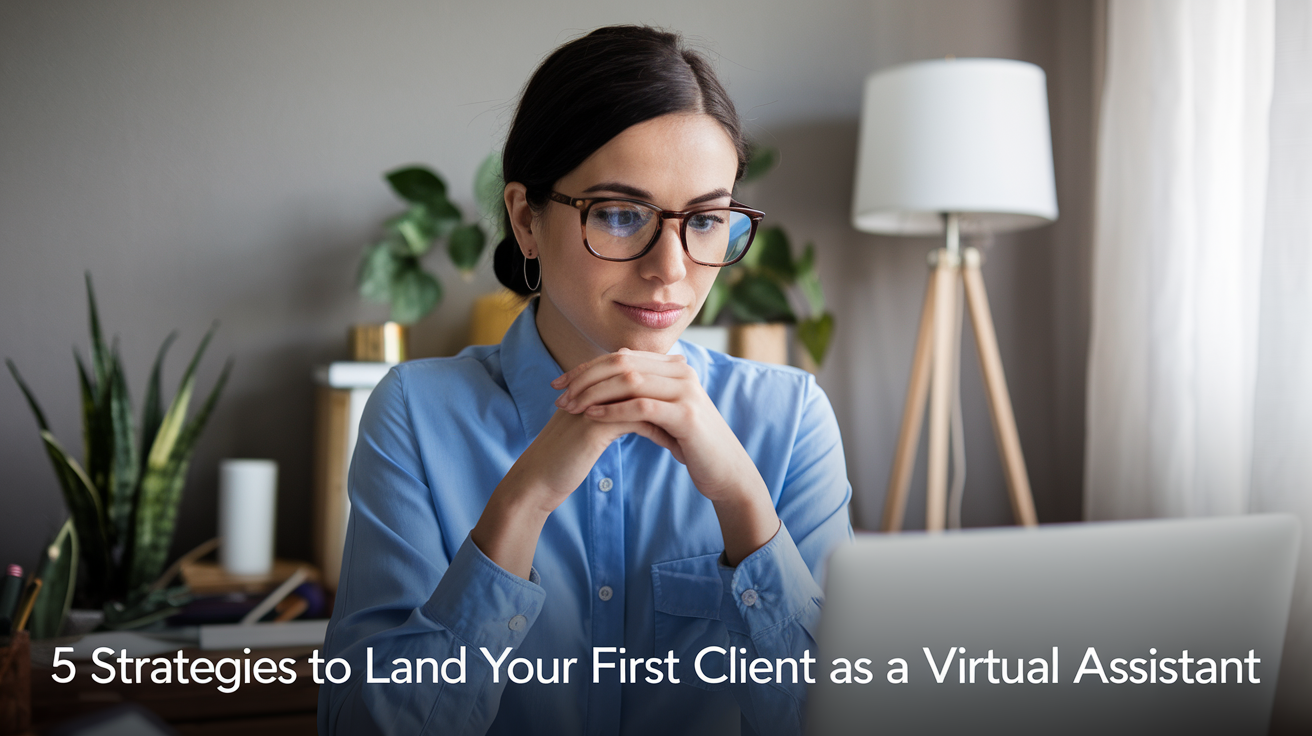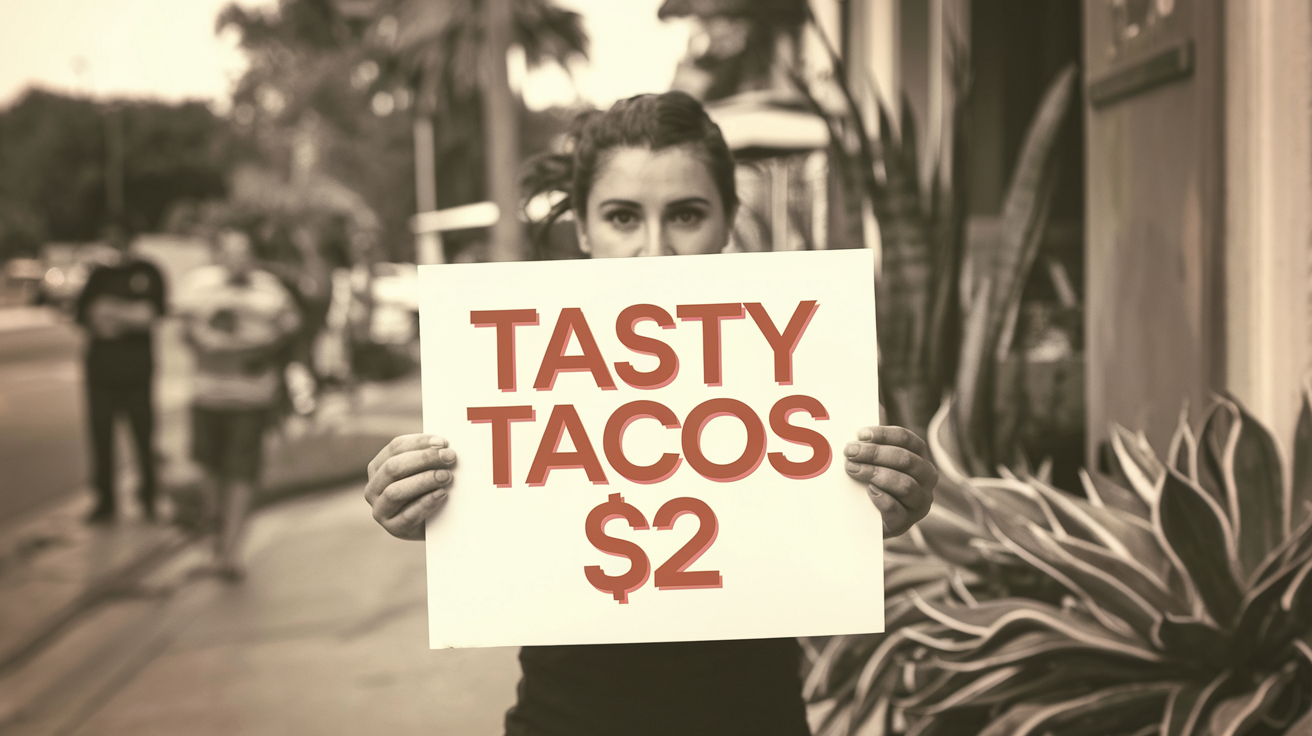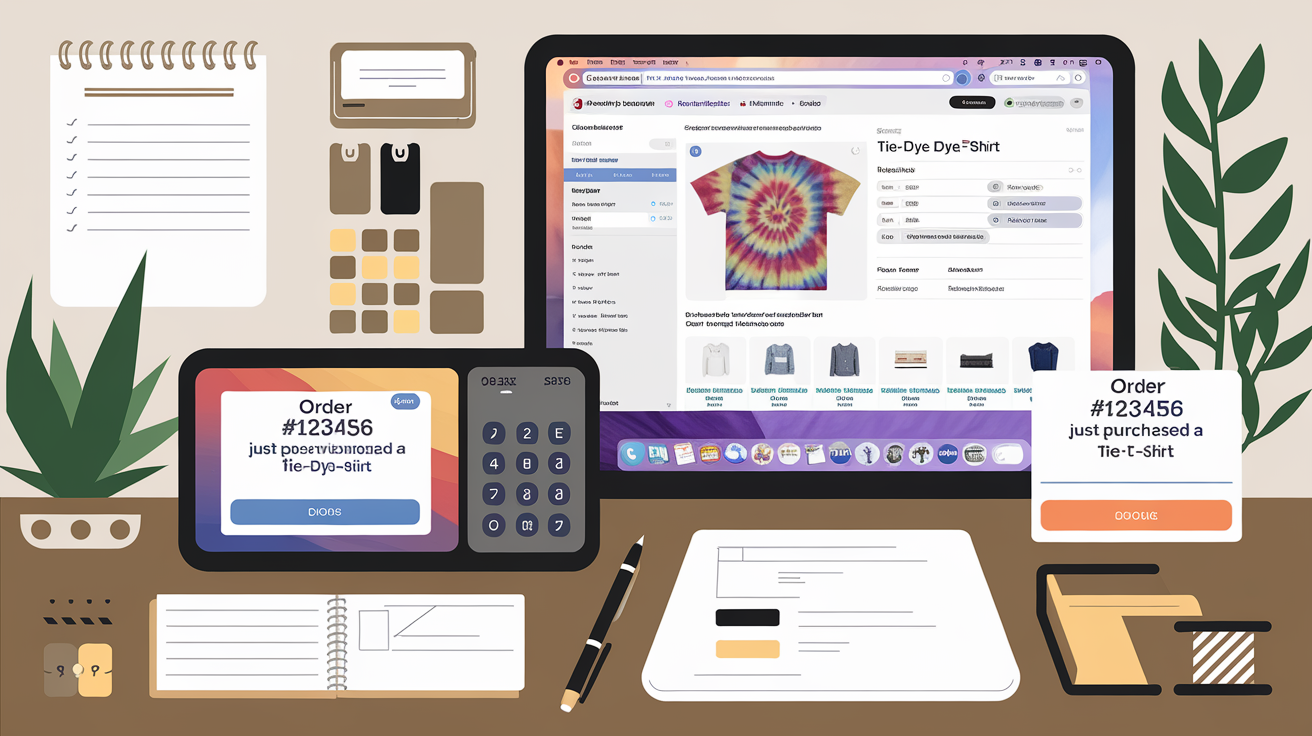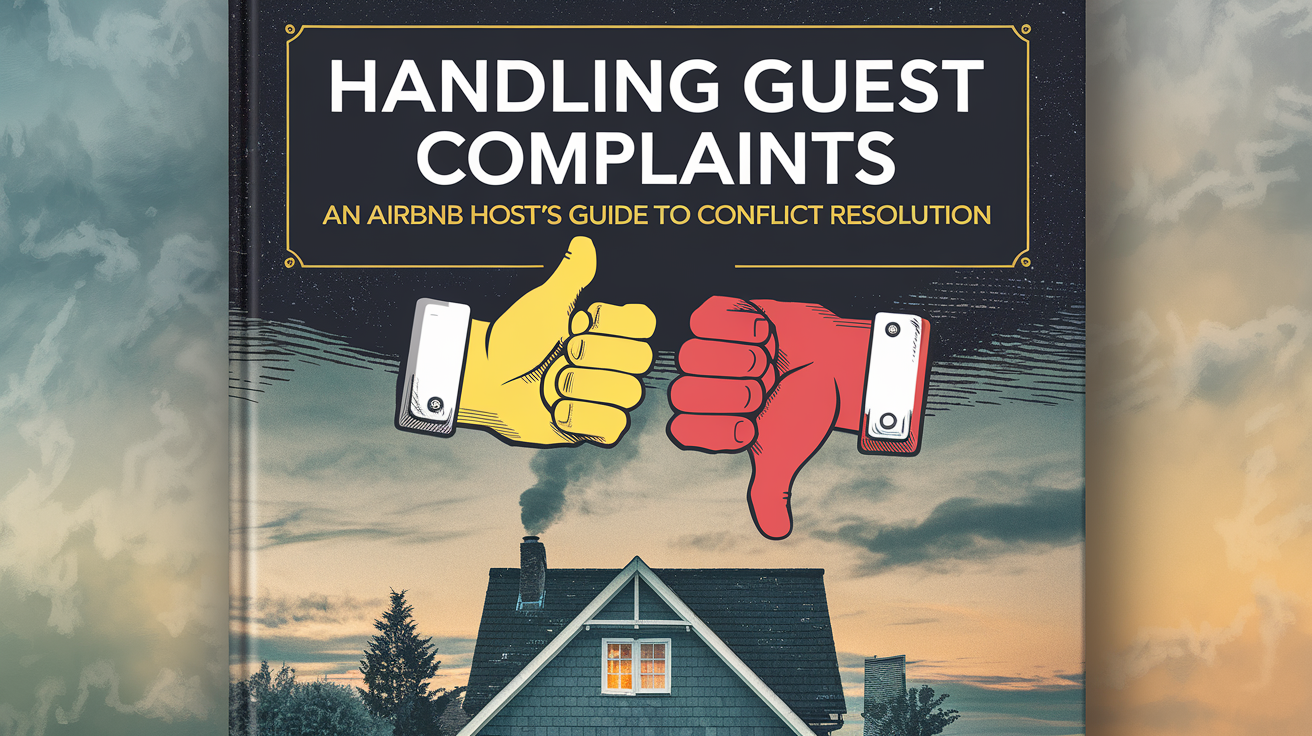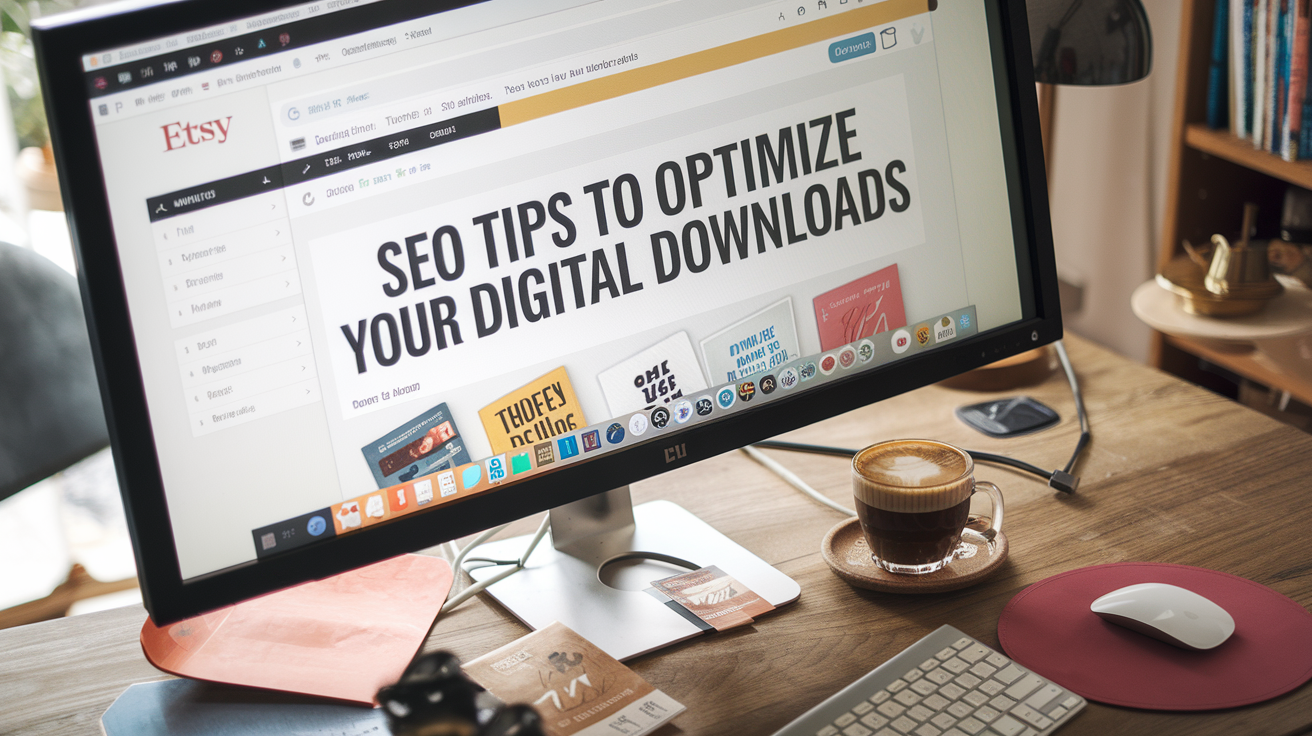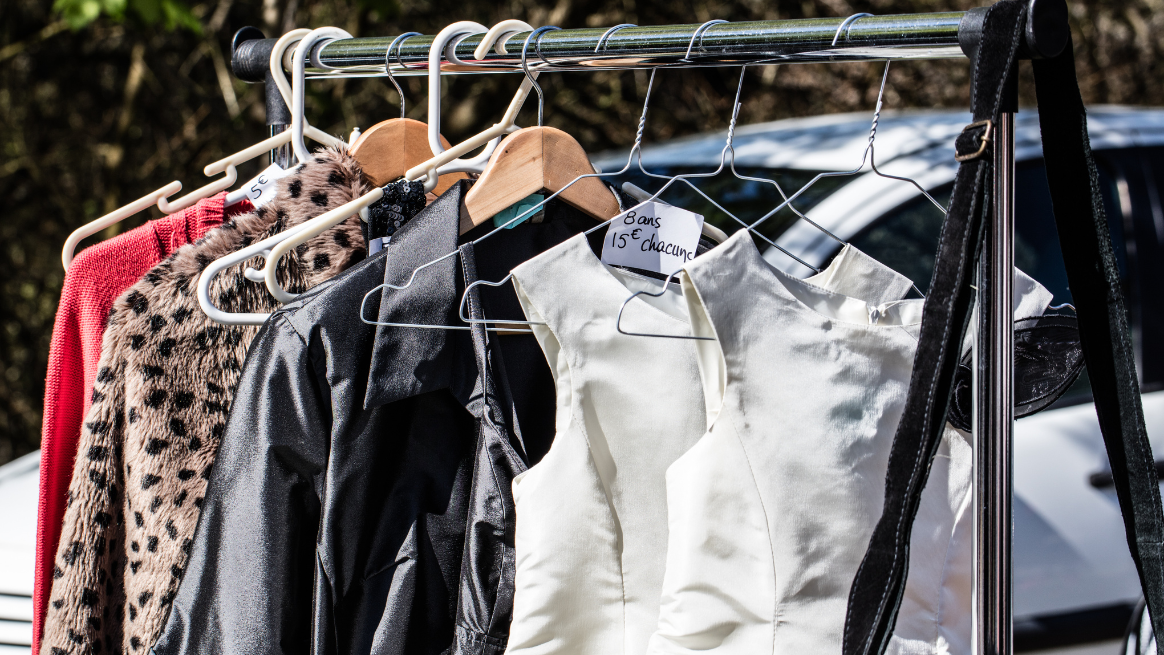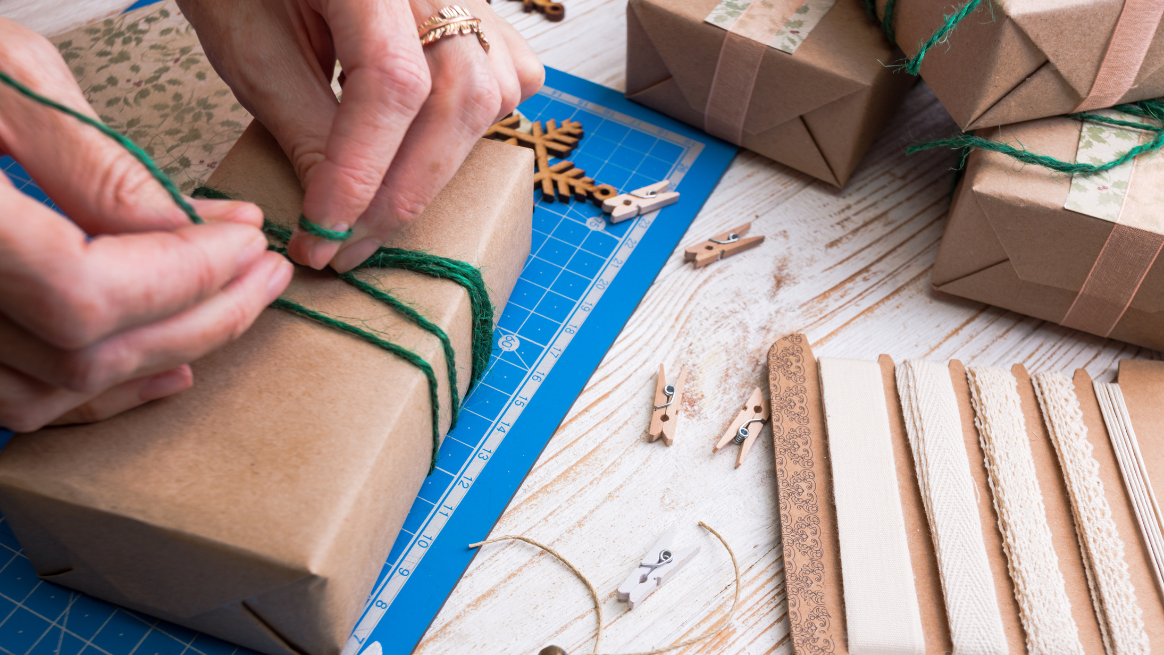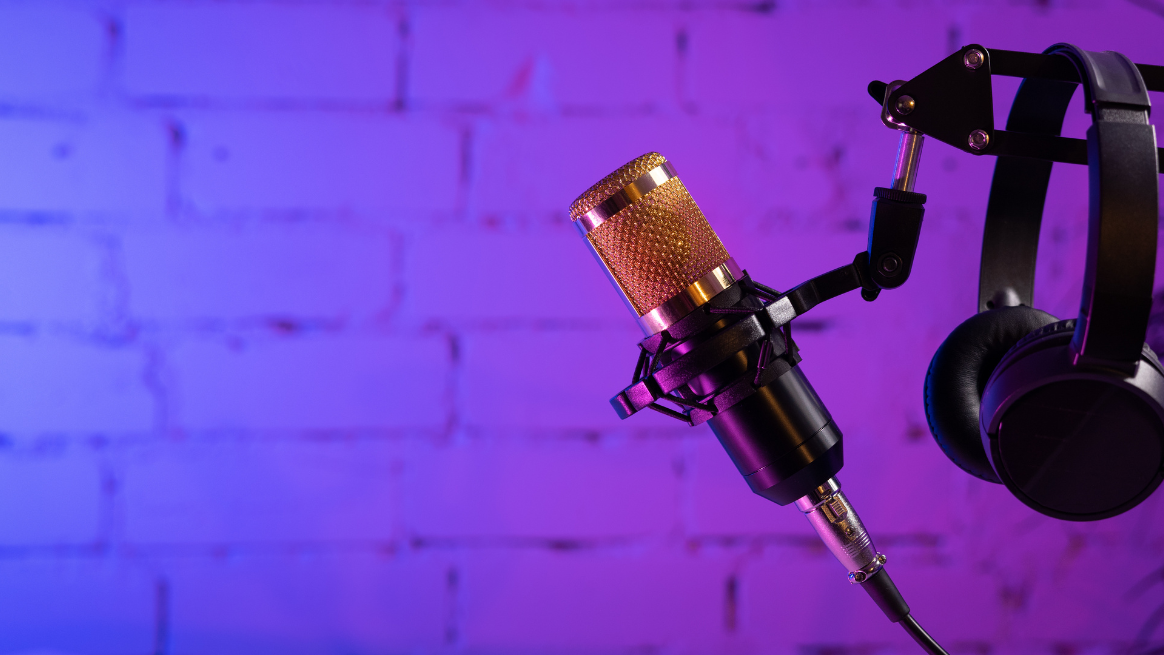

Podcasting, huh? It’s all the rage these days. But here’s the catch-22: you want to start a podcast, but you’ve got no audience. It’s like throwing a party without any guests. A bit lonely, don’t you think? But hey, don’t fret! I’m here to tell you that you can absolutely build a podcast from the ground up, even with zero listeners to start with. I mean, we’ve all got to start somewhere, right?
How to Start a Podcast with No Audience
Indeed, the million-dollar question remains: How do you start a podcast with no audience? Well, as daunting as this might seem, remember that every podcast juggernaut you’re familiar with started from scratch too. Let’s dive into the initial steps to set the wheels in motion.
Creating a Unique Concept
First things first. Your podcast needs to have a unique selling point that sets it apart from the sea of podcasts out there. To create this unique concept, you’ll have to dig deep into your passions and expertise. What subject can you discuss at length without getting bored? What topics do you have a unique perspective on?
Consider what kind of value you can offer your future listeners. Do you aim to educate, entertain, inspire, or a mix of these? Try to strike a balance between a niche that you’re passionate about and one that also has a potential audience.
Don’t be afraid to think outside the box here. Perhaps you’re a history buff with a knack for tying historical events to modern-day pop culture, or maybe you’re a DIY enthusiast who wants to empower others to take up home improvement projects. Whatever it is, make sure it’s something you’re fired up about!
Investing in Good Quality Equipment
Alright, you’ve nailed down your concept. Now it’s time to talk about the tools of the trade. It’s easy to fall into the trap of thinking you need a fully-equipped studio to start a podcast, but that’s not the case. However, there are a couple of key pieces of equipment that are worth investing in.
First and foremost, you’ll need a decent microphone. While your computer’s built-in mic might be tempting, it’s likely not up to par for podcasting. A good-quality USB microphone can be bought for less than $100, and it’ll dramatically improve the sound quality of your recordings.
In addition to a microphone, consider investing in a pair of professional headphones. A good pair of headphones can help you catch any audio glitches or background noise during recording or editing.
Remember, while content is indeed king, poor audio quality could discourage listeners from sticking around, no matter how incredible your podcast is. You don’t need to sell your kidney for high-end equipment, but investing in a good microphone and headphones is a must.
Planning Your Podcast


So, you’ve brainstormed a unique concept and gathered your gear. Good for you! Now, it’s time to hit the drawing board and start planning your podcast in detail.
Outlining Your Episodes
Before you hit the record button, you need a solid outline for your episodes. This not only helps you stay focused during recording but also ensures you’re providing valuable, organized content to your listeners. It’s kind of like a road map, guiding you on the path to engaging content.
When outlining your episodes, consider what the key takeaway for the listener should be. What should they learn or understand better by the end of the episode? Use this as your end point and plan the episode accordingly.
Think about your podcast structure. Will it include an intro and outro? How about a segment for listener questions or a highlight reel from the previous episode? An effective outline breaks down each part of your episode, keeping you on track and your content cohesive.
Pre-recording Several Episodes
Another pro tip when learning how to start a podcast with no audience is to pre-record several episodes before your launch. There’s a few benefits to doing this.
For one, it gives you some leeway if you encounter any hiccups during your initial launch. Podcasting involves a bit of trial and error, especially when you’re starting. Having a few episodes ready to go can help you maintain a regular publishing schedule, even if you hit a few speed bumps along the way.
Secondly, it gives your early listeners more content to enjoy right off the bat. If someone stumbles upon your podcast and enjoys your first episode, they’ll be thrilled to find there’s more to listen to immediately. This can help hook listeners early and get them excited for future content.
Pre-recording episodes can also reduce the stress of content creation. You won’t be scrambling to get an episode out each week, because you’ll already have a handful ready to go. This gives you the freedom to focus more on promotion and less on meeting a publishing deadline.
Building Your Podcast Brand


You might wonder, “I’m creating an audio product, so why does my brand matter?” Good question! While your content may be consumed through the ears, your brand is what leaves a lasting impression and distinguishes you from the crowd. Here’s how to get started on building a stellar podcast brand.
Choosing a Catchy Name
Choosing a name for your podcast is one of the most critical branding decisions you’ll make. It’s often the first thing potential listeners will see, and it needs to grab their attention.
Your podcast name should ideally be a reflection of your content. It should give potential listeners an idea of what they’re in for. Try to strike a balance between being descriptive and creative.
If you’re struggling to find a name, don’t fret. Think about your podcast’s theme, tone, and target audience. Use these aspects as starting points. You can even brainstorm with friends or fellow podcasters!
Designing Eye-catching Cover Art
While podcasts are an auditory medium, visuals still play an integral role in their success. Your podcast’s cover art is typically the first thing people see when they come across your podcast on a platform. Much like a book cover, your podcast cover can draw people in and make them want to hit that ‘play’ button.
When designing your cover art, make sure it represents your podcast and stands out. Bold colors, simple designs, and clear text usually work well. It’s also crucial that your cover art looks good at a small scale, as many listeners will be browsing on mobile devices.
If design isn’t your forte, consider hiring a graphic designer. Sites like Fiverr or Upwork have many freelancers who specialize in podcast cover art.
Building your podcast brand isn’t just about aesthetics, though. It’s about creating a consistent image and voice for your podcast, one that aligns with your content and resonates with your target audience.
Promoting Your Podcast


So you’ve created and launched your podcast – that’s a huge accomplishment! However, the journey doesn’t end there. To gain listeners and build your audience, you’ll need to actively promote your podcast. Let’s talk about how to make some noise in the podcasting world.
Utilizing Social Media
In today’s digital age, social media is a powerhouse for promotion. It offers a free platform to reach potential listeners worldwide.
Start by creating dedicated profiles for your podcast on platforms like Instagram, Twitter, and Facebook. Regularly post updates about new episodes, share behind-the-scenes content, or post snippets of your podcast to intrigue potential listeners.
Engage with your followers. Respond to comments, answer their questions, and even invite them to suggest topics for future episodes. The key here is to be consistent and genuine in your interactions.
Don’t forget about the power of hashtags! These can help improve the visibility of your posts, allowing you to reach a broader audience.
Collaborating with Other Podcasters
Collaborations are a win-win situation. They not only provide fresh content for your podcast but also introduce you to an established audience.
Consider inviting other podcasters as guests on your show, or offer to be a guest on their podcasts. Ensure the podcasters you choose to collaborate with align with your niche to reach a relevant audience.
You could also consider podcast swaps, where you each promote the other’s podcast on your respective shows. This mutual exchange can be an excellent way to tap into each other’s listener bases.
Remember, the podcasting community is a supportive one. Don’t hesitate to reach out to other podcasters for collaborations or even for advice. After all, we’re all in this together!
Growing Your Audience


Now that you’ve got your podcast out in the world and started promoting it, the next step is to grow your audience. Remember, it’s not about having millions of listeners overnight. Instead, focus on cultivating a dedicated, engaged audience that connects with your content.
Encouraging Listener Engagement
Getting listeners involved can be a great way to build an engaged audience. Encourage your listeners to interact with your podcast. This could be through social media, email, or even live events.
Consider asking your listeners for feedback, hosting Q&A sessions, or inviting them to suggest topics for future episodes. This not only provides you with valuable insight into what your audience wants but also makes your listeners feel valued and involved.
Don’t forget to acknowledge and appreciate your audience’s input. A simple shout-out during an episode or a thank you message on social media can go a long way in fostering listener loyalty.
Consistently Delivering Quality Content
Consistency is crucial when it comes to growing your podcast audience. If your listeners love your content, they’ll be eagerly awaiting your next episode. Don’t disappoint them by disappearing for weeks or months at a time!
Stick to a regular publishing schedule, whether it’s weekly, bi-weekly, or monthly. This creates anticipation and keeps your podcast top-of-mind for your audience.
Also, ensure you maintain a high level of quality in every episode. Remember, your latest episode might be someone’s first impression of your podcast, so make it a good one!
Growing your audience requires patience, consistency, and a listener-centric approach. Keep your audience’s needs and interests at the forefront, and you’ll be well on your way to building a loyal listenership.
FAQs
- Q: How much does it cost to start a podcast? A: Starting a podcast can be relatively affordable. The main cost is typically a good quality microphone, which can range from $50 to $200.
- Q: How do I attract listeners to my podcast? A: Attracting listeners takes time and effort. It involves consistent content creation, active promotion, and listener engagement.
- Q: How long should my podcast episodes be? A: Episode length can vary greatly depending on your content and audience preferences. However, a general rule of thumb is to keep episodes between 20-60 minutes.
- Q: Can I make money from my podcast? A: Yes, making money from your podcast is possible through methods such as sponsorships, advertising, and listener donations.
- Q: How often should I release new episodes? A: Consistency is crucial in podcasting. Whether you release new episodes weekly, bi-weekly, or monthly, try to stick to your schedule.
- Q: How can I improve my podcast? A: Seek feedback from your listeners, analyze your podcast’s performance through analytics, and constantly strive for improvement in your content and delivery.
Conclusion
In the end, learning how to start a podcast with no audience is a journey filled with opportunities to learn, grow, and connect with others. So, go on, grab that mic, hit the record button, and start your podcasting adventure today. And remember, every great podcast started with a single episode and zero listeners.






